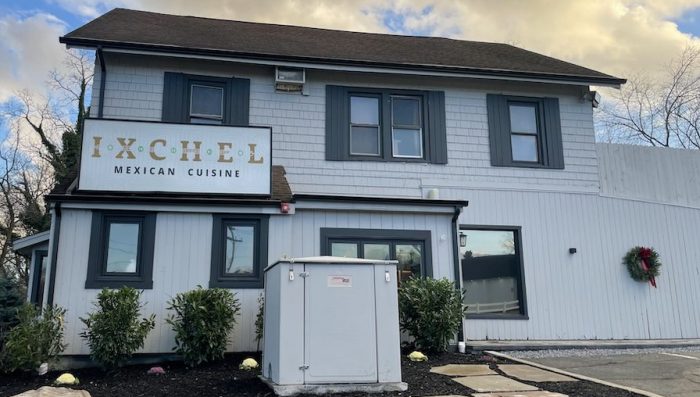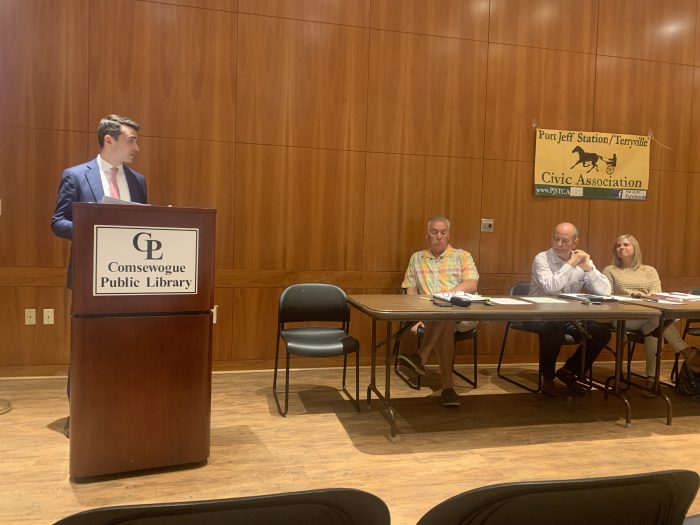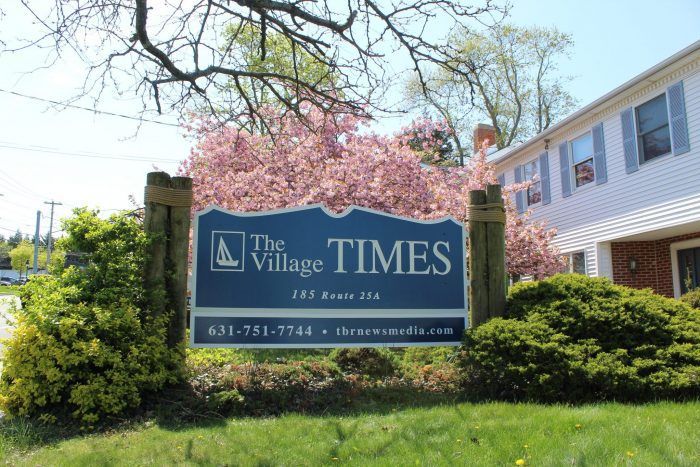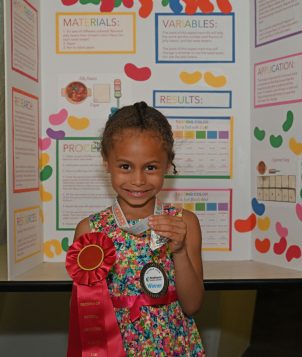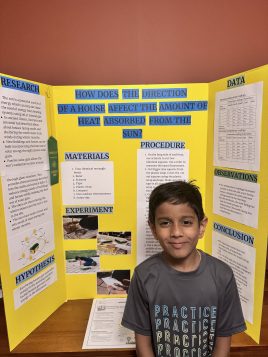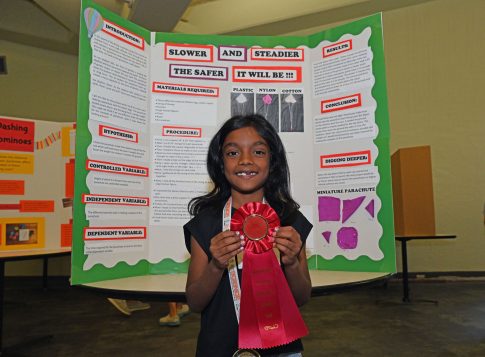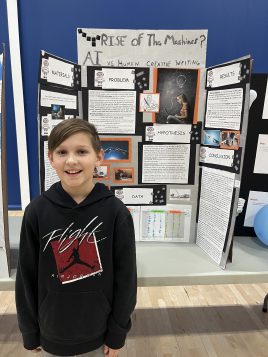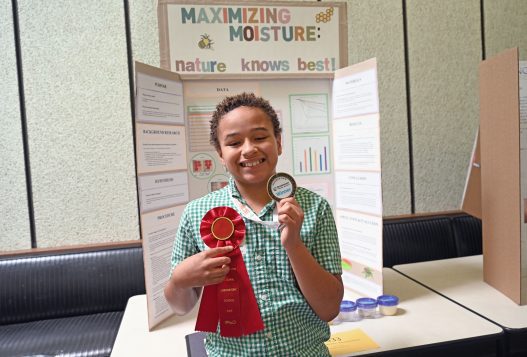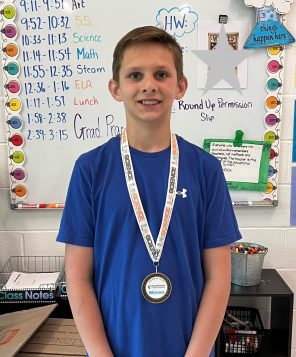By Serena Carpino
Hayduk Engineering recently celebrated the opening of its new office near MacArthur Airport.
“The firm’s move became necessary because of the growth of the firm over the past 10 years. The addition of dozens of new employees resulted in the need for an expanded office space, leading to relocation from the former office space,” Hayduk’s director of business development, Peter Scully, said. He is a former NYSDEC regional director and Suffolk County deputy county executive.
Stephen G. Hayduk, who founded the company in 1984, began as a one-man operation from his house. Over the past 40 years, his firm has grown to 42 employees in what can be described as a “rags to riches” story.
After dropping out of Deer Park High School, Hayduk worked as a truck driver on Long Island before enlisting in the U.S. Army Aviation School at 18 years old. He spent three years serving in the Vietnam War as a member of the U.S. Army 57th Assault Helicopter Company.
According to Hayduk, Vietnam motivated him to improve himself. “I was a good student but I was interested in other things, not college. Vietnam helped me with my maturity and to put things back into perspective. When I came back, I used the GI Bill to go to college. So, even if it was in many ways a negative experience, I turned it into a positive one,” he said.
Hayduk returned to Long Island in 1971 and soon enrolled in Suffolk County Community College, earning his associate degree in 1974. He furthered his education at Rochester Institute of Technology, graduating in 1976 with high honors and obtaining a bachelor’s degree.
Over the next several years, Hayduk gained experience at local engineering firms, even becoming the chief engineer of a 75-employee firm. At the same time, he taught courses in the engineering technology division at SCCC.
In 1984, he founded Hayduk Engineering. That same year, he earned the Young Engineer of the Year award from the New York State Society of Professional Engineers and the Suffolk County Chapter of the NYSSPE.
The NYSSPE Suffolk County Chapter awarded him the 1990-91 Engineer of the Year. In 1991, Hayduk helped with the construction of the Suffolk County Vietnam Veterans Memorial, located atop Bald Hill. He described this experience as “a very emotional time with thousands of people there.” It inspired him to have a reunion and, two years later, Hayduk met with 75 members of his unit and a Green Beret in Florida.
In 1992, Suffolk County Executive Robert Gaffney (R) appointed Hayduk as the commissioner of the county’s Department of Public Works. Hayduk served in this position for five years, during which time he shut down his own firm.
As commissioner, Hayduk held many responsibilities, including the maintenance of county buildings, highways, bridges and waterways. In addition, he oversaw hazardous and toxic waste removal, county fleet maintenance and other related tasks. He also served as the chairman of the Suffolk County Sewer Agency, Dredging Project Screening Committee and the Space Management Steering Committee.
In 1997, Hayduk decided to return to operating Hayduk Engineering. He managed the firm as a sole proprietorship before turning it into an LLC in 2002.
Years later, in 2015, Hayduk Engineering was certified by New York State as a Service-Disabled Veteran-Owned Small Business.
“Hayduk Engineering’s status as both a New York State Certified Service-Disabled Veteran-Owned Business and federally Certified Service-Disabled Veterans Business Enterprise has contributed significantly to the growth of the firm since 2016,” Scully said.
Today, the firm is run by Hayduk and his son, Stephen. They provide many services, including civil and site engineering, highway engineering, water and wastewater engineering, stormwater management and construction administration. The firm’s clients include both private sector customers, including developers and owners of private sewer plants and government agencies, including the Nassau County and Suffolk County departments of public works, the towns of Babylon, Brookhaven, Smithtown and Southampton, the New York State Thruway Authority, Port Authority of New York and New Jersey, New York State Department of Transportation, the Long Island Rail Road, Metropolitan Transportation Authority and the State University of New York, among others.
Hayduk’s work has been recognized with numerous awards, including several for the Town of Smithtown Callahan’s Beach project and for Best Engineering Firm courtesy of Long Island Business News.
“The company is continually recruiting new staff and anticipates hiring additional employees in the months and years ahead,” Scully said.




 Among these concerns and curiosities involving the topic of firearms, Barbara and Kevin also stated that they hope Thursday’s debate includes topics of social security for the future, welfare for the elderly and aid for immigration.
Among these concerns and curiosities involving the topic of firearms, Barbara and Kevin also stated that they hope Thursday’s debate includes topics of social security for the future, welfare for the elderly and aid for immigration.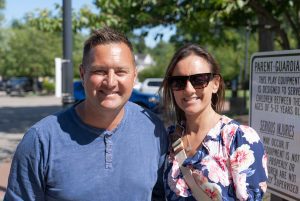 “Mental health concerns for everyone should be covered,” added Kristen. They both agreed that access to health care, including care for mental health, should be addressed.
“Mental health concerns for everyone should be covered,” added Kristen. They both agreed that access to health care, including care for mental health, should be addressed.
